BLOG
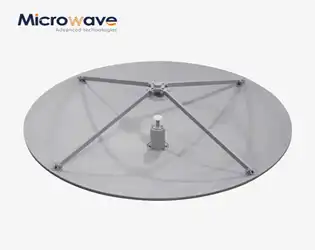
What’s the Role of a Cassegrain Antenna in Earth Station Setups?
August 15, 2025
Earth station setups form the backbone of modern satellite communications, requiring highly efficient antenna systems to establish reliable connections with orbiting satellites. Among the various antenna configurations available, the Cassegrain Antenna stands out as a critical component that significantly enhances the performance and reliability of ground-based communication systems. This dual-reflector antenna design plays a pivotal role in optimizing signal transmission and reception capabilities, making it an indispensable element in contemporary earth station infrastructure. The Cassegrain Antenna serves multiple essential functions within earth station setups, primarily focusing on maximizing signal quality while minimizing operational complexities. Its unique configuration enables superior beam focusing, reduced signal loss, and enhanced operational efficiency compared to traditional single-reflector systems. Understanding the specific role and advantages of Cassegrain antennas in earth station applications is crucial for engineers, system designers, and telecommunications professionals who aim to optimize their satellite communication networks for maximum performance and reliability.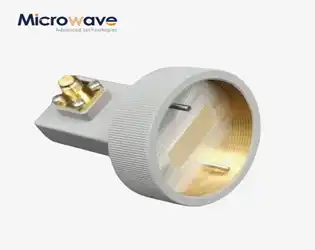
Waveguide Adapter Insights: Efficiency, Accuracy, and Durability
August 15, 2025
In the sophisticated realm of microwave and radio frequency technology, waveguide adapters serve as critical interconnection components that bridge different transmission systems with remarkable precision. These essential devices have revolutionized signal transmission across diverse applications, from satellite communications to radar systems. Waveguide Adapter technology represents a pinnacle of engineering excellence, where efficiency meets accuracy in seamless signal conversion and impedance matching. Understanding the intricate balance between these three fundamental characteristics—efficiency, accuracy, and durability—becomes paramount for engineers and system designers seeking optimal performance in their microwave applications. This comprehensive exploration delves into the technical sophistication and practical applications that make waveguide adapters indispensable in modern communication infrastructure.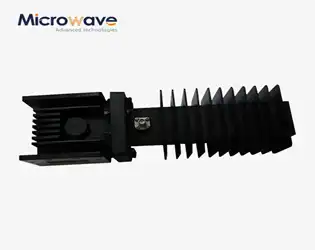
Waveguide Isolator Buying Tips: What Experts Recommend in 2025
August 14, 2025
As the microwave technology landscape continues to evolve rapidly in 2025, selecting the right waveguide isolator has become increasingly critical for engineers and procurement specialists. With applications spanning satellite communications, aerospace defense systems, and next-generation telecommunications infrastructure, the stakes for making informed purchasing decisions have never been higher. This comprehensive guide presents expert-backed strategies for navigating the complex world of waveguide isolator procurement, ensuring your investment delivers optimal performance, reliability, and long-term value for your specific applications.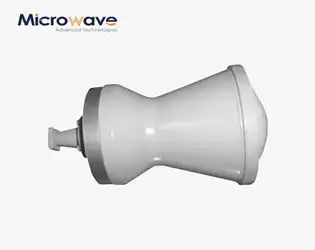
The Ultimate Guide to Point Focusing Horn Lens Antenna Design
August 14, 2025
Modern microwave communication systems demand precise signal transmission and optimal beam focusing capabilities, particularly in satellite communications, radar systems, and aerospace applications. The Point Focusing Horn Lens Antenna represents a breakthrough in antenna design, combining the directional properties of horn antennas with the focusing capabilities of dielectric lenses. This comprehensive guide explores the fundamental principles, design considerations, and practical applications of these sophisticated antenna systems. Understanding Point Focusing Horn Lens Antenna technology is crucial for engineers working with high-frequency microwave systems, where signal integrity and beam precision directly impact system performance and operational effectiveness.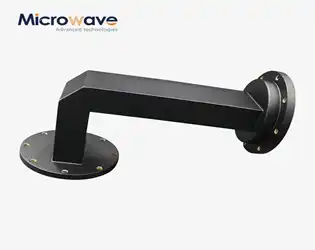
5 Reasons Global RF Experts Recommend Our Waveguide Miter Bend
August 14, 2025
In the rapidly evolving landscape of microwave technology, RF professionals worldwide face increasing demands for precision, reliability, and performance in their signal routing solutions. The Waveguide Miter Bend has emerged as a critical component that separates industry leaders from followers, particularly when sourced from established manufacturers with proven track records. Global RF experts consistently recommend Advanced Microwave Technologies' Waveguide Miter Bend solutions due to five compelling factors: unparalleled precision engineering that ensures minimal signal loss, exceptional durability through premium materials and construction, comprehensive customization capabilities that address unique application requirements, cost-effective long-term performance that reduces total ownership costs, and extensive technical support backed by decades of industry expertise. These factors collectively position our Waveguide Miter Bend products as the preferred choice for professionals operating in satellite communications, radar systems, aerospace applications, and defense technologies where performance compromises are simply not acceptable.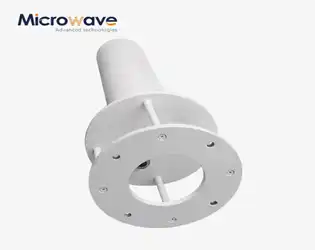
Everything You Need to Know About the Quadrifilar Helix Antenna
August 13, 2025
The Quadrifilar Helix Antenna represents one of the most versatile and efficient antenna solutions in modern microwave and satellite communication systems. This comprehensive guide explores the fundamental principles, technical specifications, applications, and advantages of the Quadrifilar Helix Antenna technology. From its unique helical design that provides superior omnidirectional radiation patterns to its exceptional performance in challenging environments, understanding the Quadrifilar Helix Antenna is essential for engineers, procurement professionals, and decision-makers in aerospace, defense, telecommunications, and satellite communication industries. Whether you're evaluating antenna solutions for low-orbit satellites, radar systems, or wireless networks, this article provides the technical depth and practical insights needed to make informed decisions about implementing Quadrifilar Helix Antenna technology in your applications.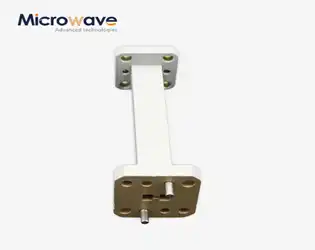
Double Ridge Waveguide Transition: The Hidden Backbone of Modern Radar Systems
August 13, 2025
In the sophisticated world of radar technology, where precision and reliability determine the difference between mission success and failure, the Double Ridge Waveguide Transition stands as an unsung hero. This critical component serves as the essential bridge connecting different waveguide systems, ensuring seamless electromagnetic signal transmission across varying frequencies and impedances. Modern radar systems, from air traffic control installations to advanced military surveillance networks, rely heavily on these specialized transitions to maintain signal integrity and optimize performance. The unique ridge geometry of these components enables superior electromagnetic field distribution, making them indispensable for applications requiring high-frequency signal management and minimal power loss.
The Role of a Waveguide Probe Coupler in High-Frequency Communication
August 13, 2025
In the rapidly evolving landscape of high-frequency communication systems, waveguide probe couplers have emerged as indispensable components that bridge the gap between signal transmission and measurement accuracy. A Waveguide Probe Coupler serves as a critical interface that enables precise signal sampling, monitoring, and measurement within waveguide systems without disrupting the primary signal path. These sophisticated devices facilitate the extraction of a controlled portion of electromagnetic energy from the main transmission line, allowing engineers to monitor signal characteristics, perform system diagnostics, and ensure optimal performance across various frequency bands. As communication systems advance toward higher frequencies and greater precision requirements, the role of waveguide probe couplers becomes increasingly vital in maintaining signal integrity and enabling accurate measurements in applications ranging from satellite communications to aerospace defense systems.




